🔥 The Fiery 5: Mexican Dry Chillies That’ll Spice Up Your Life (Literally)
If you’ve ever bitten into a taco and felt like your mouth had just been visited by a dragon on fire, congratulations—you’ve met the magic of Mexican dry chillies. These aren’t just random peppers hanging out in your pantry; they’re flavor bombs with personality. Whether you're a seasoned pro or a curious foodie, this guide is your backstage pass to the world of Mexico’s most iconic dried heat-makers.
📝 Table of Contents
- What Are Mexican Dry Chillies?
- Top 5 Mexican Dry Chillies You Should Know
- How to Use Them Like a Pro (Without Setting Your Kitchen On Fire)
- Heat Scale Comparison Chart
- Common Mistakes to Avoid When Cooking with Dry Chillies
- Storage Tips: Don’t Let Your Chillies Go Stale!
- Spice Traditions Around the World: How Do Mexican Chillies Compare?
🌶️ What Are Mexican Dry Chillies?
Mexican dry chillies are simply fresh chili peppers that have been sun-dried or dehydrated to preserve their flavor, color, and spiciness. Unlike their fresh counterparts, dried chillies offer a more concentrated flavor profile, often with deeper earthy, smoky, or fruity notes. They’re used extensively in Mexican cuisine for making salsas, mole sauces, soups, stews, marinades, and even drinks!
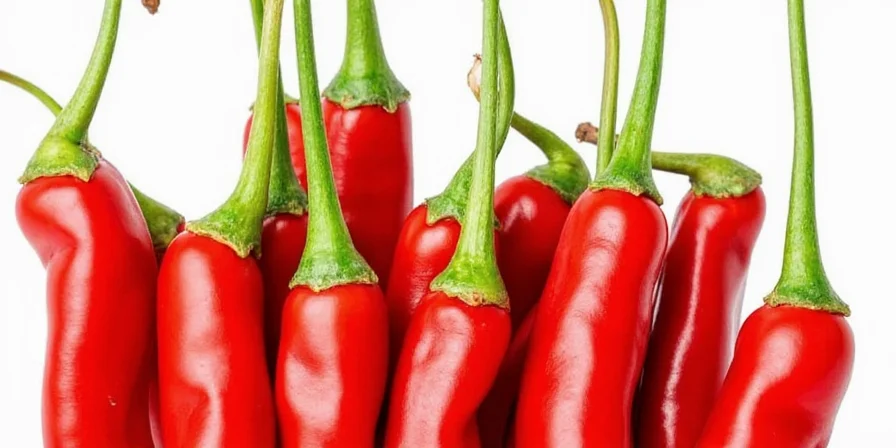
The beauty of drying chilies lies in how it enhances certain characteristics. For example, some become smokier, while others develop sweeter or nuttier undertones. It’s like aging wine—but faster and spicier.
🏆 Top 5 Mexican Dry Chillies You Should Know
There’s no shortage of amazing Mexican dry chillies out there. Here are five of the most popular—and powerful—chillies you should definitely get familiar with:
- Ancho – The mild-mannered prince of sweetness.
- Guajillo – A tangy, berry-like flavor bomb.
- Pasilla – Earthy, smoky, and slightly sweet.
- Chipotle – Smoked and dried jalapeño—smoky goodness.
- Arbol – Small but oh-so-spicy!
| Chili Name | Flavor Profile | Scoville Heat Units (SHU) | Best For |
|---|---|---|---|
| Ancho | Sweet, raisin-like | 1,000–2,000 SHU | Mole sauces, rellenos |
| Guajillo | Tangy, floral, berry notes | 2,500–5,000 SHU | Red salsas, marinades |
| Pasilla | Earthy, dark fruit, licorice | 1,000–2,500 SHU | Mole poblano, soups |
| Chipotle | Smoky, woodsy | 5,000–10,000 SHU | Adobo sauces, grilled meats |
| Arbol | Grassy, citrusy, fiery | 15,000–30,000 SHU | Hot sauces, oil infusions |
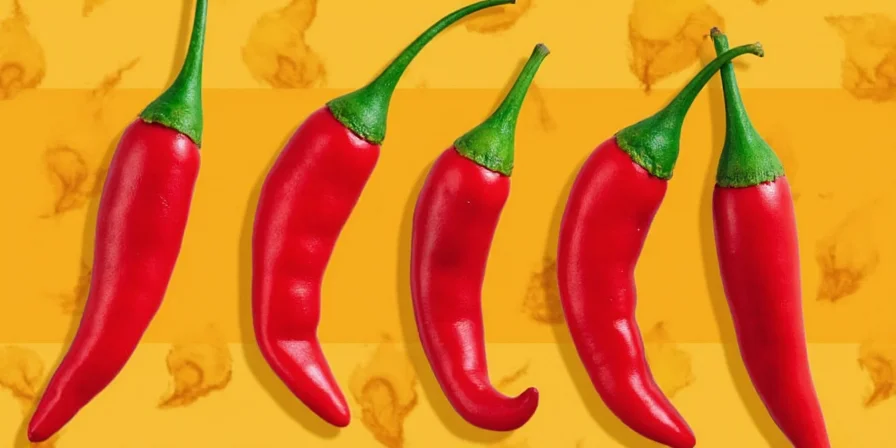
👨🍳 How to Use Them Like a Pro (Without Setting Your Kitchen On Fire)
You wouldn’t throw a steak on the grill without seasoning it first, so why would you use a dried chili without preparing it properly? Here’s how to unlock their full potential:
- Remove Seeds and Veins: Most of the heat lives in the seeds and inner membranes. Want less fire? Ditch them. Want to feel alive? Keep ’em.
- Toast Before Using: A quick toast in a dry pan brings out the complex flavors. Just keep an eye on them—they can go from fragrant to charred real fast.
- Rehydrate First: Unless you’re making powder, rehydrate the chilies in hot water or broth for about 20 minutes before using in sauces or salsas.
- Blend Well: Use a high-speed blender to turn soaked chillies into smooth sauces or pastes. Add garlic, onions, or vinegar to boost flavor further.
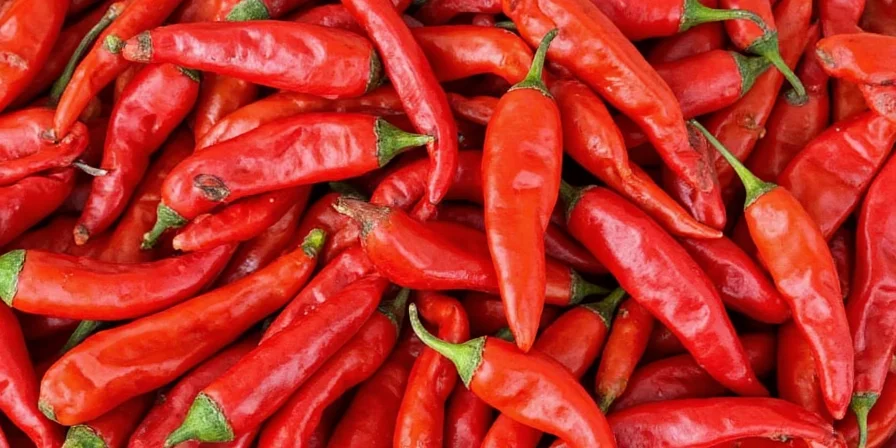
🔥 Heat Scale Comparison Chart
Curious how these compare to other famous spices around the globe? Check out this spicy showdown:
| Chili Name | Scoville Heat Units (SHU) | Comparable To |
|---|---|---|
| Pepperoncini | 100–500 SHU | Italian pickled peppers |
| Ancho | 1,000–2,000 SHU | Mild bell pepper cousin |
| Jalapeño (fresh) | 2,500–8,000 SHU | Standard Tex-Mex kick |
| Guajillo | 2,500–5,000 SHU | Flavorful medium heat |
| Chipotle | 5,000–10,000 SHU | Smoky heat with staying power |
| Arbol | 15,000–30,000 SHU | Boss battle heat |
| Habanero | 100,000–350,000 SHU | International heat legend |
| Ghost Pepper | Over 1,000,000 SHU | Not for mortals |

🚫 Common Mistakes to Avoid When Cooking with Dry Chillies
We’ve all been there: excitement turns into panic when the kitchen smells like smoke and your eyes are watering uncontrollably. Avoid these pitfalls:
- Skipping the Toast: Toasting enhances flavor. Don’t skip it unless you enjoy blandness.
- Using Old Chillies: Dried chilies lose potency over time. If they smell like old paper, toss them.
- Blending Without Straining: Some chilies have tough skins that don’t break down easily. Strain your sauce if you want a silky texture.
- Not Balancing the Flavors: Sweeten up spicy dishes with a touch of sugar or honey. Acidity from lime or vinegar also helps balance things out.
- Touching Your Face After Handling Chillies: Seriously. Wash your hands after touching any part of a chili, especially if you plan to blink later.
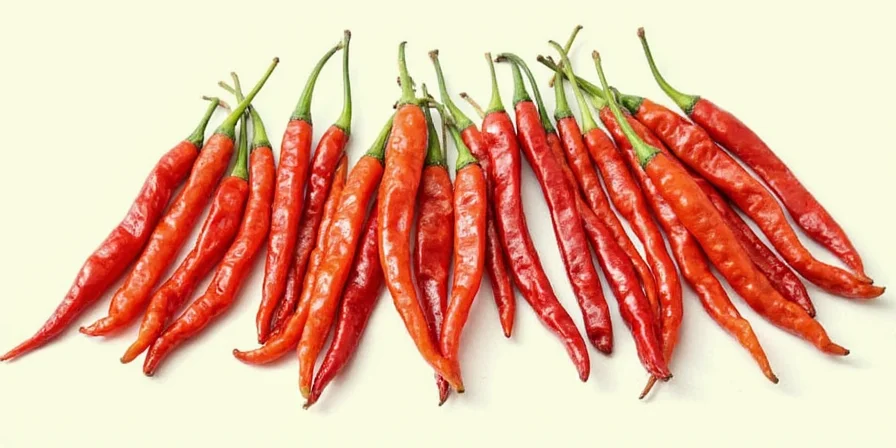
📦 Storage Tips: Don’t Let Your Chillies Go Stale!
Dried chilies are shelf-stable, but not forever. Store them right to keep them flavorful:
- Airtight Containers: Seal them in ziplock bags or glass jars.
- Cool & Dark Place: Cupboards or pantries work best. Avoid sunlight and humidity.
- Freeze for Long-Term: Yes, you can freeze whole dried chilies. No need to thaw before using.
- Make Your Own Powder: Grind extra chilies into powder and store in spice bottles for easy access.

🌍 Spice Traditions Around the World: How Do Mexican Chillies Compare?
Mexico isn’t the only player in the global spice game. Many cultures celebrate their own version of chili traditions:
- India: Kashmiri red chili is a favorite for its vibrant color and moderate heat.
- Thailand: Bird’s eye chili packs a punch in curries and street food.
- Korea: Gochugaru is the star of kimchi and provides both heat and sweetness.
- China: Sichuan peppercorns may not be “hot” like capsaicin-based chilies, but they deliver a unique numbing sensation.
While each has its charm, Mexican dry chilies stand out due to their versatility, deep flavor profiles, and integral role in foundational dishes across the country’s diverse regions.

💡 Conclusion
Mexican dry chillies are more than just a way to make your mouth sweat—they’re a culinary cornerstone, packed with history, flavor, and tradition. From the mellow sweetness of Ancho to the fiery fury of Arbol, each variety tells its own story and plays its own role in the rich tapestry of Mexican cuisine.
So next time you reach for that bag of dried chilies, remember: you’re holding centuries of culture, science, and soul. Treat them well, toast them lovingly, and don’t forget to wash your hands afterward 😉
Got a favorite chili or a go-to recipe? Share your thoughts below or tag us with your chili creations!
Want More Spice Wisdom? Subscribe to our newsletter for weekly spice tips, exclusive recipes, and behind-the-scenes stories from spice lovers around the globe!

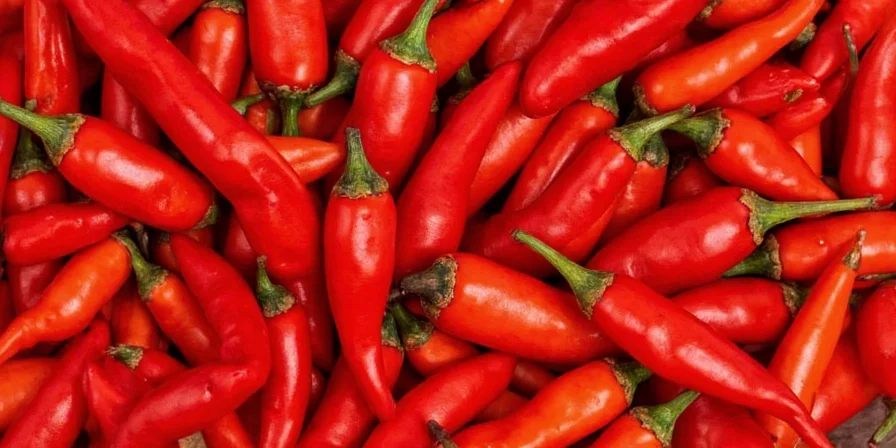









 浙公网安备
33010002000092号
浙公网安备
33010002000092号 浙B2-20120091-4
浙B2-20120091-4